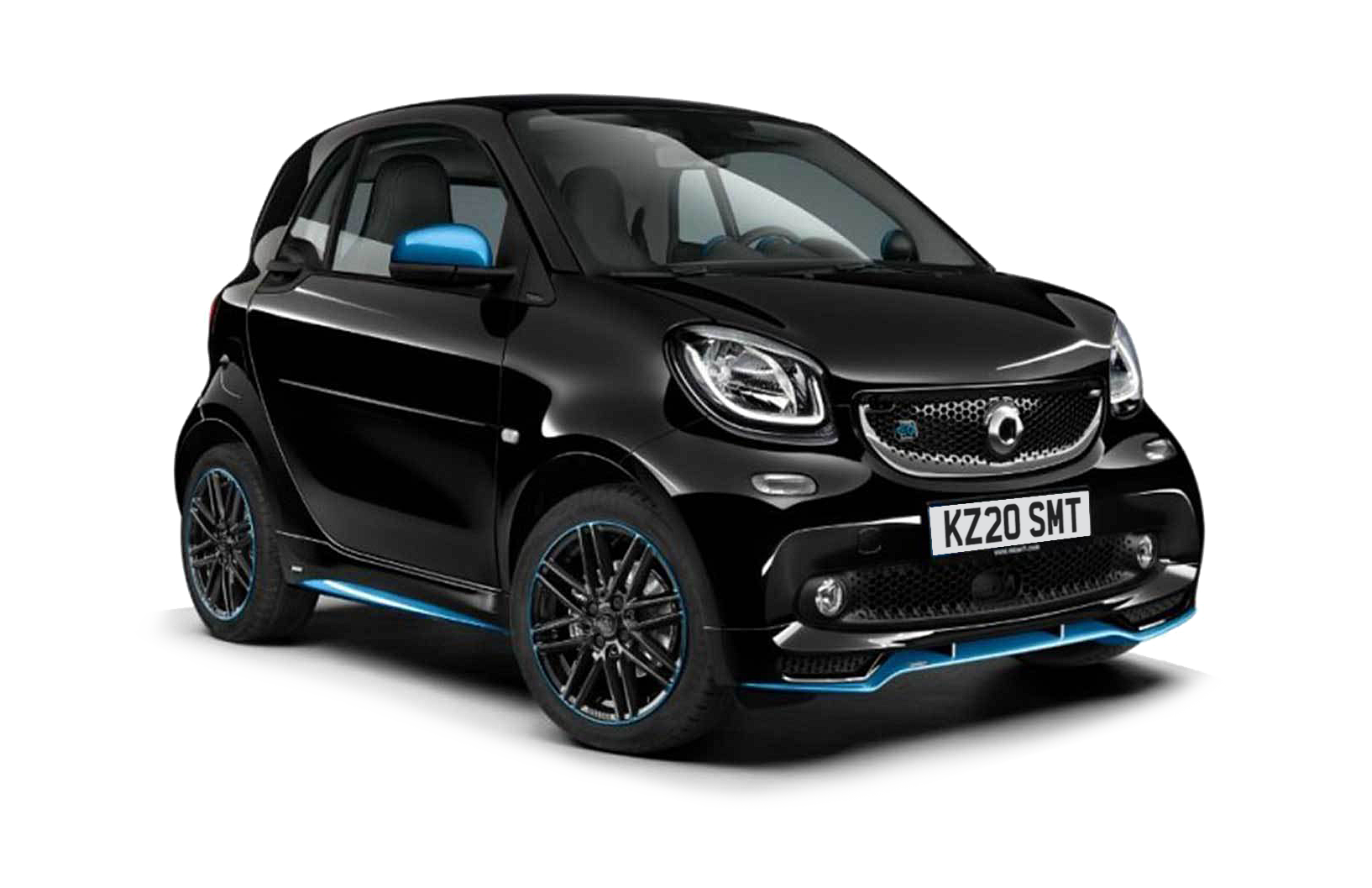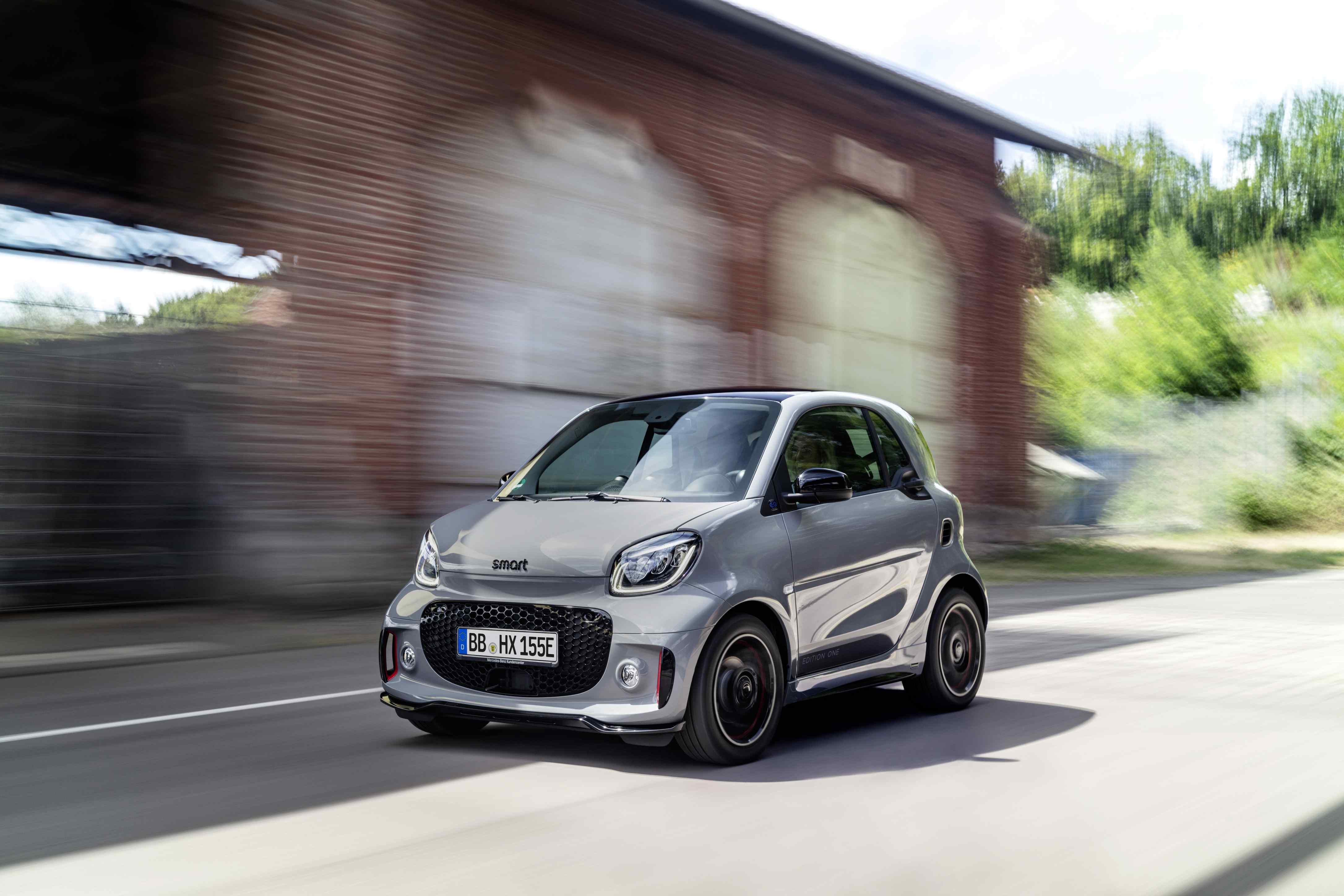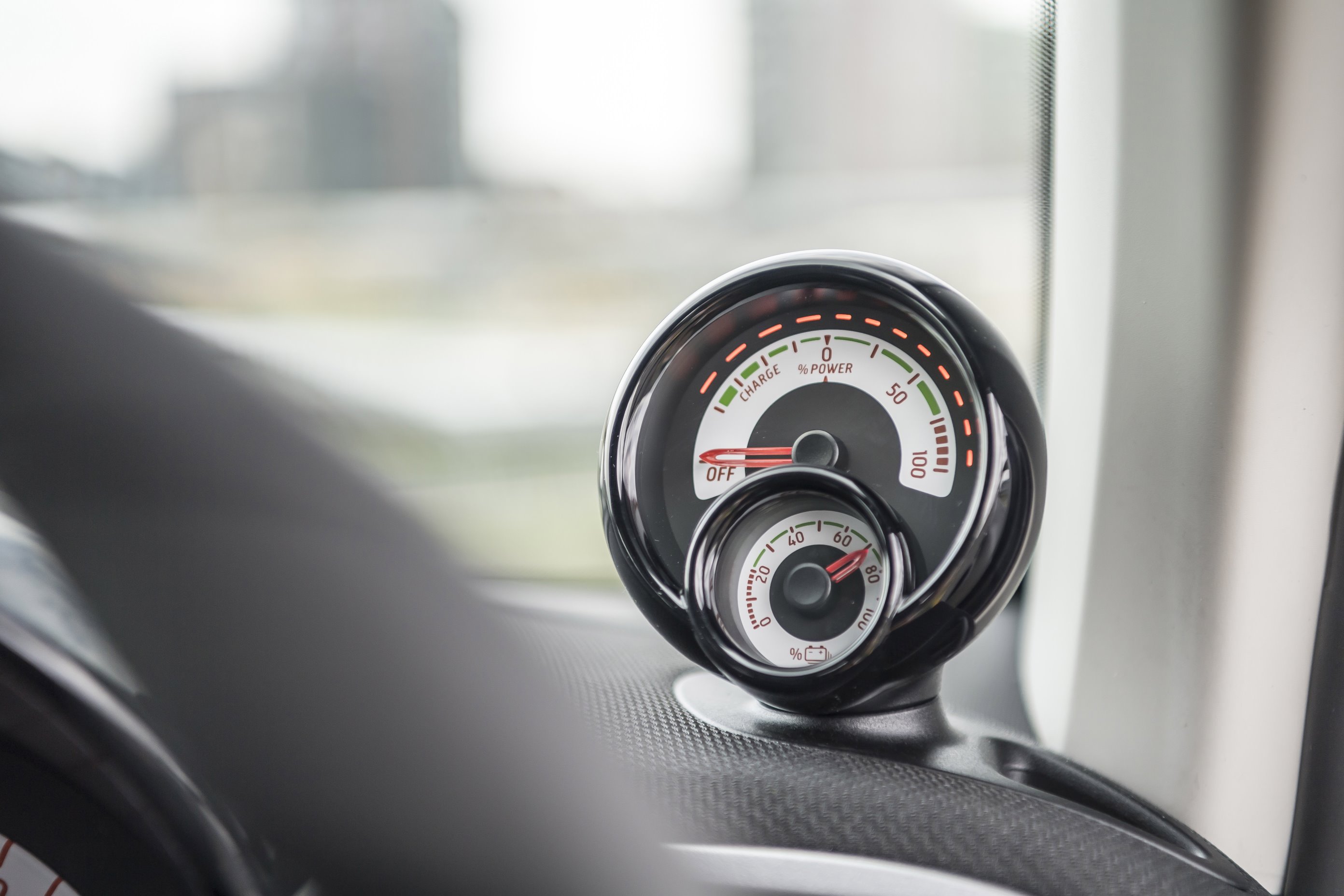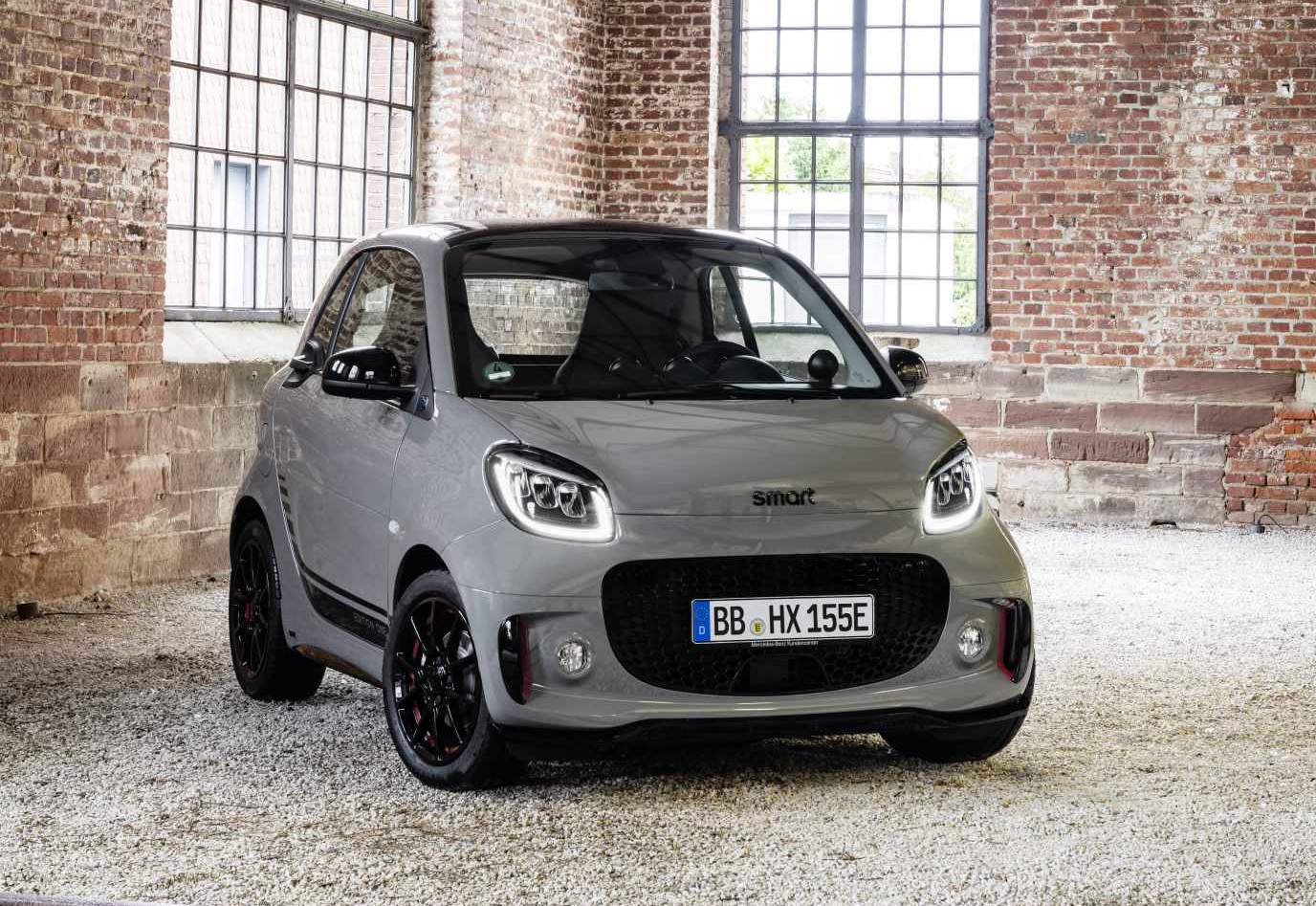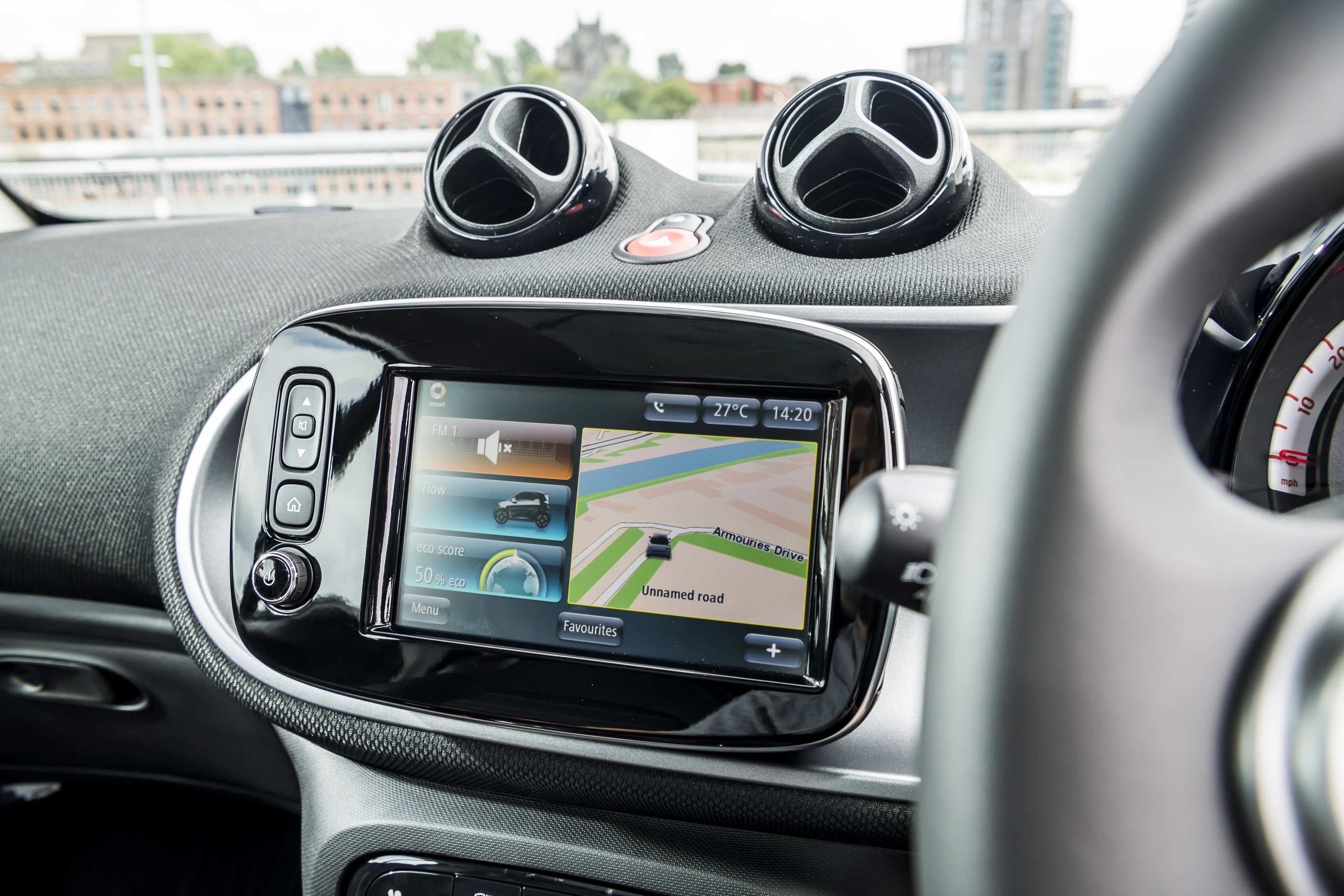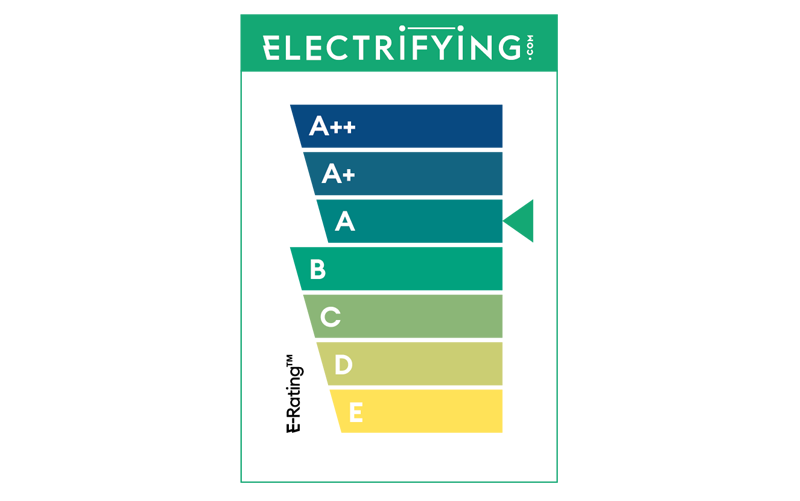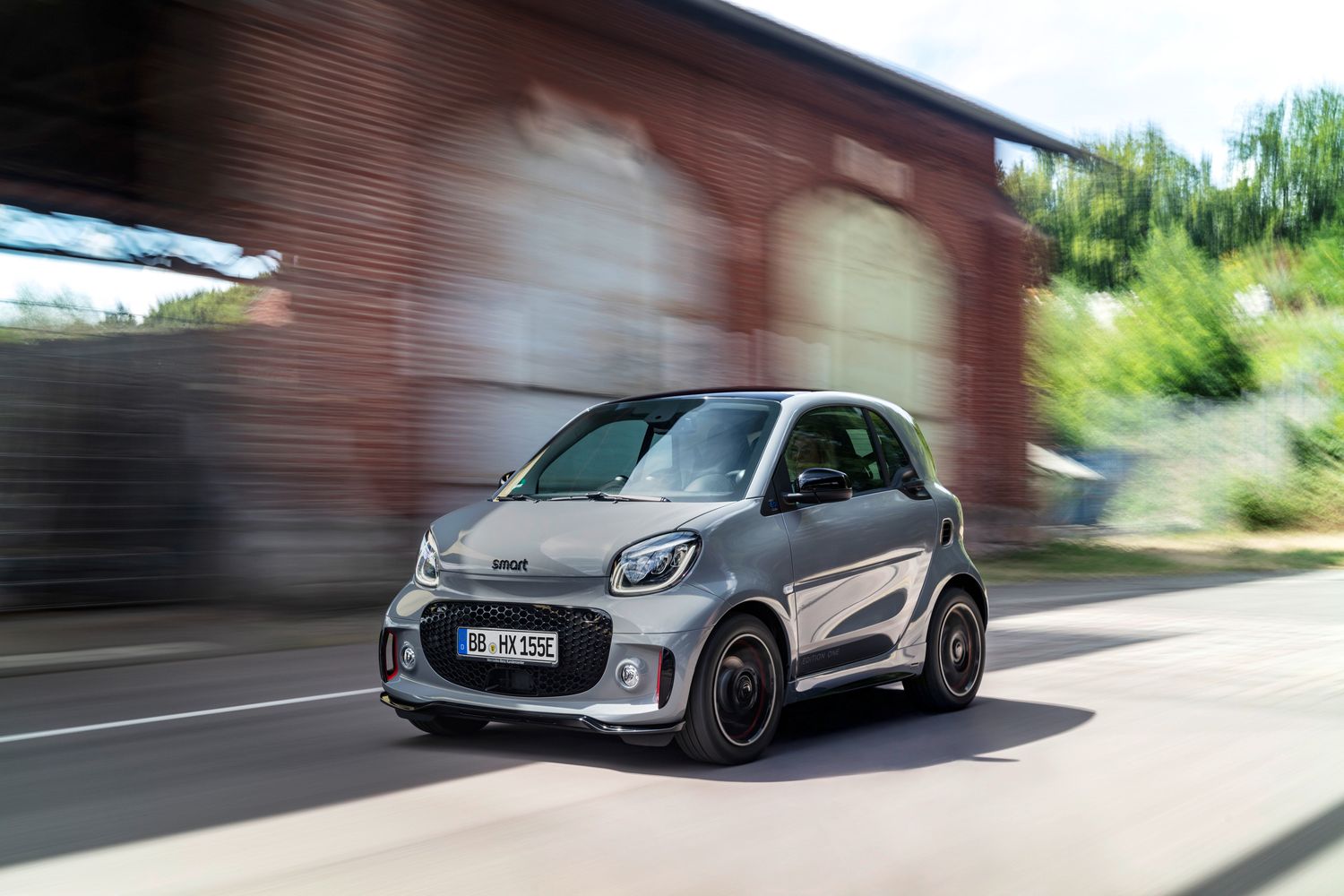Performance
The Smart’s 80bhp might not sound a lot, but in a car of this size it endows the fortwo with some grin-inducing poke. As electric cars produce all of that power from the moment you touch the accelerator pedal, the EQ pulls away from a standstill much faster than other motorists might expect. It makes nipping into gaps on busy roundabouts much easier and less stressful than in any petrol or diesel powered car, especially as there are no gears or clutch pedal to fiddle around with.
Once outside the city limits and above 30mph the Smart starts to run out of puff, and the 0-60 time of around 12 seconds is similar to small-engined economy cars. The top speed of 81mph is actually pretty decent by electric car standards and plenty for the motorway, but you’ll only be able to keep it up for a junction or two before your nerve or the battery gives out.
Drive
When driving in a town, there is little else on four wheels that can catch a Smart, or provide as much fun. Just point it where you want to go and squirt the accelerator, using the light steering to aim for the smallest gaps in the traffic. The brakes feel perfectly natural too, which isn’t always the case with electric cars, as the regen braking systems have to switch themselves around.
With the motor powering the rear wheels, there’s no hint of squirming or chirping tyres when you pull away either, and the front wheels are able to turn tightly to make manoeuvring into parking spaces a doddle.
While the Smart’s size is an asset in traffic, there are drawbacks. The main one is the ride – short cars like this struggle to absorb bumps as well as a longer car and as a result the fortwo can feel a bit choppy when you’re straddling a speed bump.
Out of town, that size has a few other drawbacks too, and at speed the Smart feels a little out of its comfort zone. The previous models’ tendency to get blown about by winds has been mostly cured by technology though, as the car now features an electronic device to help keep it on track when being blasted by gusts.











